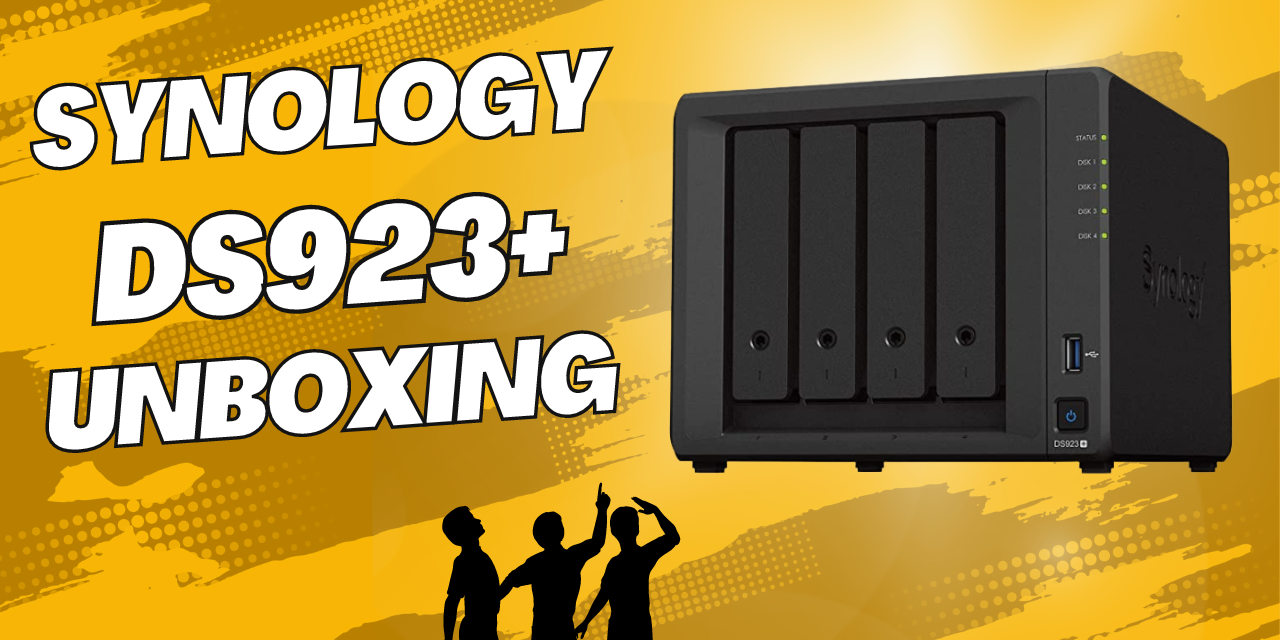This is a quick unboxing video for the Synology DS923+ NAS.
Amazon links:
DS923+: https://amzn.to/3DhpC50
2x 16TB drives for $339: https://amzn.to/3XTIHCJ
A NAS (Network Attached Storage) device is a popular choice for many home networks because it provides a centralized location for storing, sharing and backing up files. Some of the most popular uses for a NAS in a home network include:
- Media storage and streaming: NAS devices are often used to store and stream music, videos, and photos within a home network. With a NAS, all the media files can be stored in one place, and can be easily accessed and streamed to multiple devices such as smart TVs, smartphones, tablets, and computers.
- Backup and data protection: NAS devices can also be used to create backups of important data and files, as well as to protect against data loss. Many NAS devices come with built-in backup software that can be configured to automatically back up data on a schedule.
- File sharing: NAS devices allow multiple users to share and access files within a home network. This makes it easy for family members to share files, such as documents, photos, and videos.
- Remote access: Many NAS devices have built-in apps that allow users to access their files from anywhere with an internet connection, this feature is known as cloud access or remote access. This allows users to access their files from anywhere and to share files with others.
- Virtualization and hosting: Some NAS devices have the capability to run virtual machines and host web services, this can be used to run a web server, mail server, or even a VPN service.
- Surveillance: Some NAS devices also have the capability to act as a surveillance hub, by connecting cameras to it and using the accompanying software, you can monitor your home remotely.
It’s important to note that the capabilities of a NAS device can vary depending on the specific model and the operating system it runs, so it’s important to research and compare different NAS models to find one that meets your specific needs.








